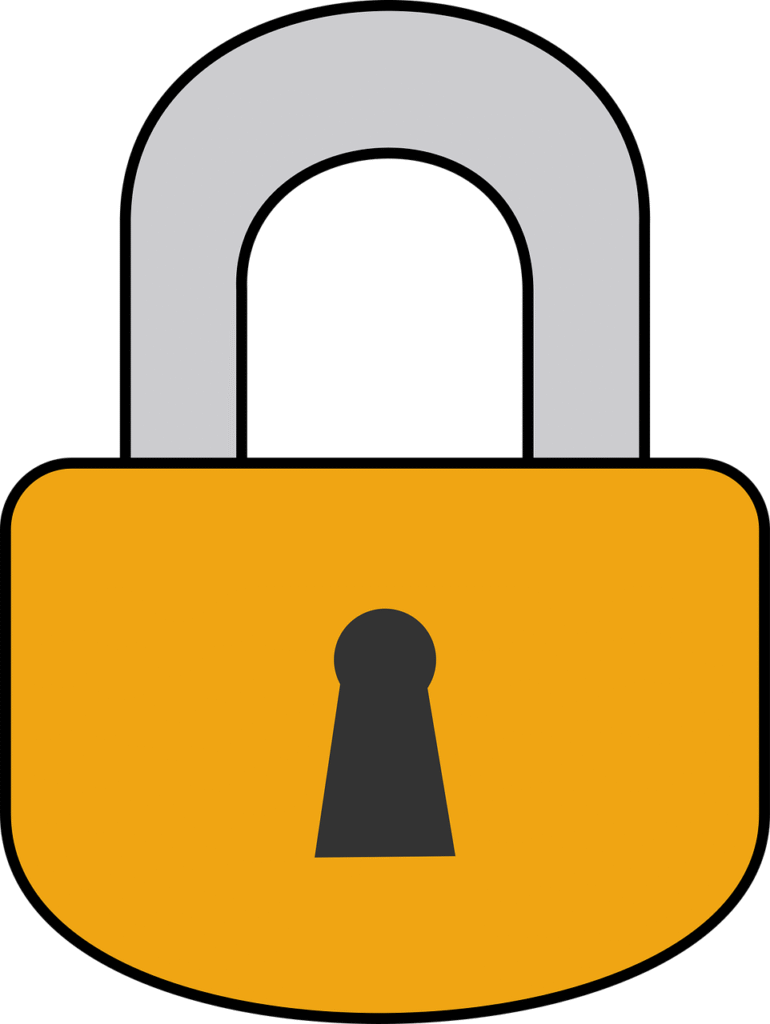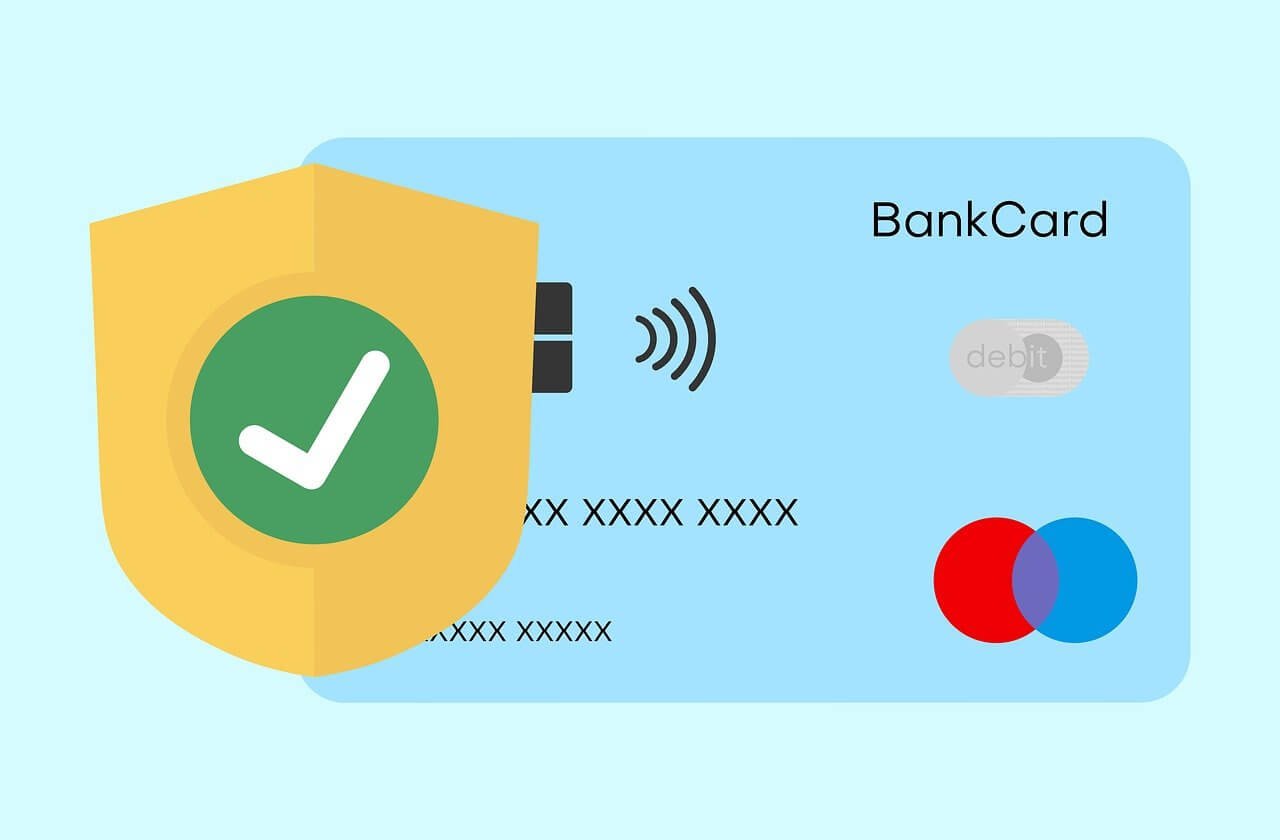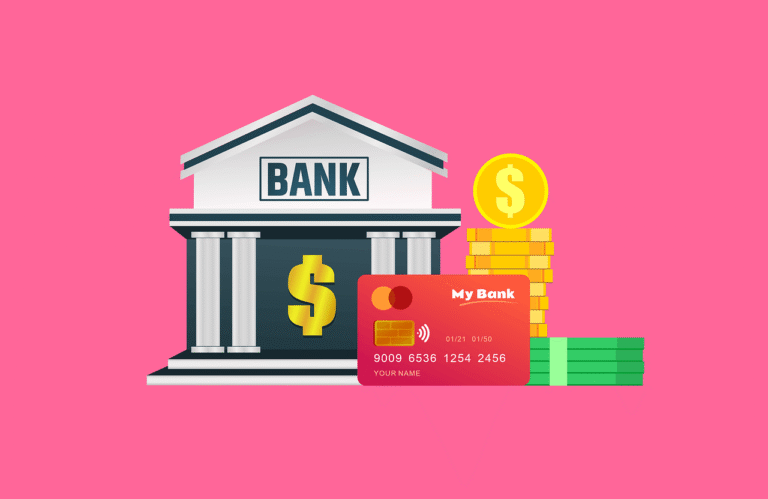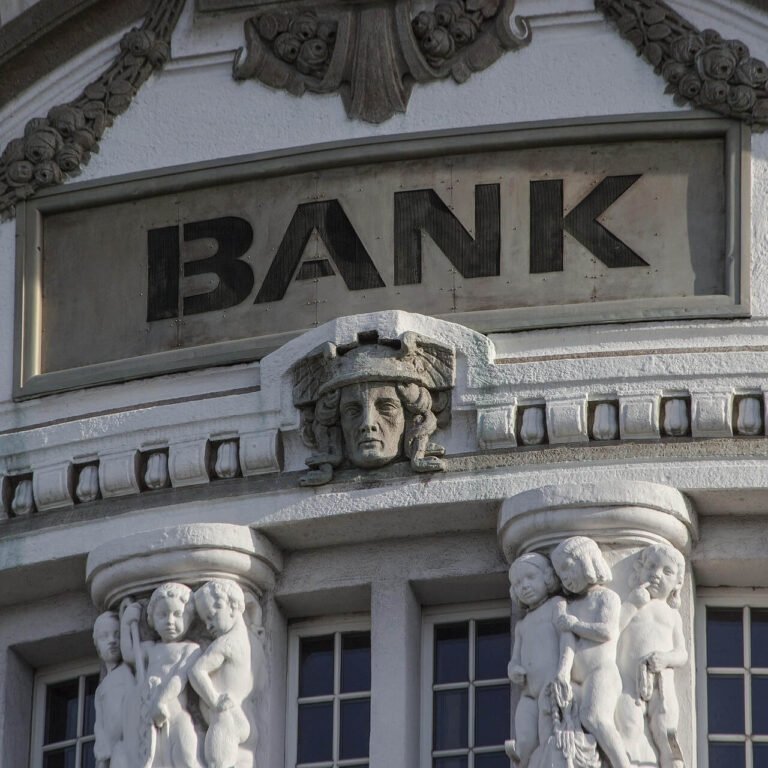How Safe Are High Yield Savings Accounts? When you see interest rates of 4% or 5% on high yield savings accounts, a little voice in your head might ask: What’s the catch?
We’re taught that higher returns usually mean higher risk. So if these accounts pay way more than traditional savings accounts, does that mean your money is less safe?
This is a smart question to ask before moving your hard-earned savings anywhere. Understanding how safe your money really is and what protections exist if something goes wrong helps you make confident decisions about where to keep your cash.

How Safe Are High Yield Savings Accounts?
The Short Answer: Yes, They’re Safe
High yield savings accounts at FDIC-insured banks are just as safe as traditional savings accounts. The higher interest rate doesn’t mean higher risk. Your deposits receive the same federal protection regardless of whether you’re earning 0.50% or 5.00% on your balance.
The reason these accounts pay more has nothing to do with safety and everything to do with bank business models.
Online banks skip expensive branch networks, which lowers their operating costs. They pass those savings to customers through better rates while maintaining the same security standards as traditional banks.
What Is FDIC Insurance?
FDIC stands for Federal Deposit Insurance Corporation. This government agency was created in 1933 after thousands of banks failed during the Great Depression, causing people to lose their life savings. The FDIC exists to prevent that from ever happening again.
When you deposit money in an FDIC-insured bank, the federal government backs those deposits up to certain limits. If your bank fails, the FDIC steps in to make sure you get your money back. This isn’t a private insurance company—it’s backed by the full faith and credit of the United States government.
How Much Coverage Do You Get?
The basic coverage limit is $250,000 per depositor, per bank, for each account ownership category. This means if you have $250,000 or less in a high yield savings account at one bank, your entire balance is fully protected.
The coverage applies per bank, not per account. If you have a checking account, savings account, and high yield savings account all at the same bank, the FDIC adds those balances together.
If the total exceeds $250,000, only the first $250,000 is insured. However, you can get more coverage through different ownership categories or by using multiple banks.
Understanding Ownership Categories
This is where things get interesting. The FDIC doesn’t just give you one $250,000 limit per bank—you can actually have multiple limits based on how accounts are owned. The main ownership categories include single accounts, joint accounts, certain retirement accounts, revocable trust accounts, and irrevocable trust accounts.
A single account owned by just you gets $250,000 of coverage. A joint account owned by you and your spouse gets $250,000 per co-owner, so $500,000 total coverage. Retirement accounts like IRAs get their own $250,000 limit separate from your other accounts. This structure lets you protect more than $250,000 at a single bank if you use different ownership types strategically.
How to Maximize Your FDIC Coverage
If you have more than $250,000 to save, you have several options to ensure full protection. The simplest approach is spreading your money across multiple banks. Put $250,000 in Bank A and $250,000 in Bank B, and you’ve got $500,000 fully insured.
You can also use different ownership categories at the same bank. Keep $250,000 in your individual account, $500,000 in a joint account with your spouse, and $250,000 in an IRA—that’s $1 million in coverage at one institution. Trust accounts can extend coverage even further, though the rules became more complex in recent years.
What Happens If a Bank Fails?
Bank failures are rare, but they do happen. When a bank fails, the FDIC takes over immediately, usually on a Friday afternoon after the bank closes for the day. By Monday morning, depositors typically have access to their insured funds again.
The FDIC aims to return insured money to depositors within two business days of the failure. In most cases, they arrange for another bank to take over the failed bank’s deposits, so your account simply moves to a new bank. You keep the same balance and often the same account number—you just have a new bank name on your statement.
Are Online Banks Really Safe?
Some people worry about online-only banks because they don’t have physical branches to visit. But online banks follow the exact same federal regulations as traditional banks. They’re examined by the same regulators and must meet the same safety and soundness standards.
Also read:
- How Interest Is Calculated on High Yield Savings Accounts
- High-yield savings account calculator
- High Yield Savings Account vs Money Market Account
Many online banks are actually divisions of well-established financial institutions. Others are standalone banks that have chosen the online-only model to keep costs low. As long as the bank is FDIC-insured, your deposits are just as protected as they would be at the big bank on Main Street.
How to Verify FDIC Insurance
Before opening any high yield savings account, verify that the bank has FDIC insurance. Most banks display the FDIC logo prominently on their websites and marketing materials, but you should double-check.
Visit the FDIC’s BankFind tool on their website and search for the bank by name. This database shows you whether a bank is FDIC-insured, when it was established, and other useful information. Taking two minutes to verify coverage can give you peace of mind that your money is protected.
What FDIC Insurance Doesn’t Cover
FDIC insurance only protects deposit accounts like savings accounts, checking accounts, money market accounts, and certificates of deposit. It does not cover investment products, even if you buy them through a bank.
Stocks, bonds, mutual funds, annuities, life insurance policies, and cryptocurrency are not FDIC-insured. If you lose money on these investments, the FDIC won’t reimburse you. This distinction is important, your high yield savings account is protected, but investment accounts are not.
Recent Changes to Trust Coverage
The FDIC updated its rules for trust accounts in April 2024, making the coverage calculation simpler but potentially reducing coverage for some people. Under the new rules, revocable trust accounts are now limited to $1.25 million in FDIC coverage per trust owner, regardless of how many beneficiaries you name.
Previously, you could get $250,000 of coverage for each beneficiary named in your trust, potentially protecting much more. If you have substantial trust accounts, you may want to review your coverage under the current rules to ensure you’re fully protected.
The History Behind FDIC Insurance
Bank failures were devastating before FDIC insurance existed. During the Great Depression, about 9,000 banks failed, and people lost their entire life savings. The FDIC was established to restore confidence in the banking system and prevent future panics.
Since 1934, no depositor has lost a single penny of insured deposits when an FDIC-insured bank failed. This track record spans nearly 90 years and includes economic downturns, recessions, and financial crises. The system has proven remarkably reliable and stable.
How Banks Pay for FDIC Insurance
You don’t pay for FDIC insurance directly—banks pay premiums into the Deposit Insurance Fund based on their size and risk profile. This fund maintains enough money to cover potential bank failures without taxpayer dollars.
The fund is substantial, holding billions of dollars ready to protect depositors. Banks contribute regularly to maintain adequate reserves. This means your FDIC protection costs you nothing while providing comprehensive security for your deposits.
High Yield Accounts During Economic Uncertainty
During periods of economic volatility or financial stress, high yield savings accounts remain safe places for your money. The 2023 bank failures, including Silicon Valley Bank, showed that the FDIC system works as intended—depositors with insured accounts got their money back quickly.
Your high yield savings account doesn’t become riskier during recessions or market downturns. The FDIC protection stays constant regardless of economic conditions. This makes savings accounts reliable safe havens when other investments become volatile.
Comparing Safety to Other Savings Options
High yield savings accounts are among the safest places to keep money. They’re safer than stocks, which can lose value. They’re safer than bonds, which can default. They’re safer than cryptocurrency, which is highly volatile and uninsured.
The only savings options with comparable safety are regular savings accounts, money market accounts, and certificates of deposit—all FDIC-insured deposit products. Your high yield savings account sits in this top tier of safety while paying better interest than most alternatives.
What About Credit Union Accounts?
Credit unions offer similar protection through the National Credit Union Administration (NCUA) instead of the FDIC. NCUA insurance works almost identically to FDIC insurance, covering up to $250,000 per depositor, per credit union, per ownership category.
If you’re considering a high yield savings account at a credit union, look for NCUA insurance instead of FDIC insurance. The protection is equivalent—just from a different federal agency. Many credit unions offer competitive rates comparable to online banks.
Additional Bank Safety Measures
In addition to FDIC insurance, banks use a variety of security procedures to guard against theft and fraud. These consist of fraud monitoring systems, multi-factor authentication, online banking encryption, and zero-liability rules for illegal transactions.
While these measures protect against different risks than bank failure, they add layers of security to your high yield savings account. Your money is protected both from institutional failure through FDIC insurance and from individual account compromises through bank security systems.
Should You Worry About Bank Ratings?
Some research banks’ financial strength ratings before opening accounts. While financial stability is nice, FDIC insurance means you don’t need to stress too much about picking the “strongest” bank as long as your deposits stay under $250,000.
A bank with average ratings and FDIC insurance protects your money just as well as a bank with excellent ratings. The federal backing is what matters most. That said, choosing banks with solid reputations and good customer service makes your banking experience more pleasant.
The Role of Bank Regulators
To make sure banks run securely, a number of agencies regulate them. The Office of the Comptroller of the Currency is in charge of national banks. State banking departments and either the Federal Reserve or the FDIC oversee state banks. In order to identify issues early, these regulators perform routine inspections.
The goal of this supervision system is to stop bank collapses before they occur. Regulators have the power to compel banks to increase capital, alter hazardous business practices, or even shut down if issues worsen. Together with FDIC insurance, this regulatory structure protects your deposits.
How to Sleep Easy About Your Savings
If you keep your high yield savings account at an FDIC-insured bank and stay under $250,000 per ownership category per bank, you can stop worrying about safety. Your money is backed by the federal government, protected by law, and has nearly 90 years of history showing the system works.
The higher interest rate on high yield accounts doesn’t introduce additional risk. It’s simply a better deal on the same safe product. You’re getting more reward without more risk—which is exactly what smart savers want.
Practical Steps for Peace of Mind
Want to ensure maximum safety? First, verify your bank’s FDIC insurance through the BankFind tool. Second, calculate your total deposits at each bank to confirm you’re under coverage limits. Third, diversify across multiple banks if you have more than $250,000.
Fourth, keep records of your accounts and balances. Fifth, understand which ownership categories you’re using. These simple steps ensure you’re fully protected and can prove your coverage if needed. Taking a few minutes now prevents potential stress later.
The Bottom Line on Safety
High yield savings accounts are safe, period. They carry the same FDIC insurance as any other savings account, protecting deposits up to $250,000 per depositor, per bank, per ownership category. The higher interest rates reflect bank business models, not risk levels.
Your money in a high yield savings account is as secure as money can be without literally burying it in your backyard—and much more productive. The combination of federal insurance, regulatory oversight, and proven track records makes these accounts excellent choices for emergency funds, short-term savings, and money you want to keep accessible and protected while earning competitive returns.
Don’t let safety concerns keep you from earning better interest on your savings. As long as you choose an FDIC-insured bank and stay within coverage limits, you can confidently enjoy those higher rates knowing your money is completely safe.



